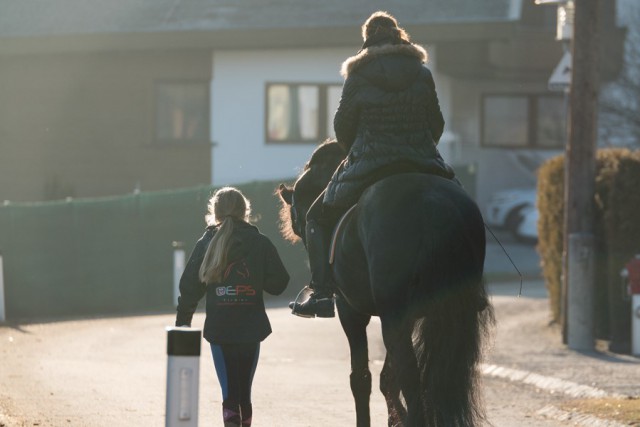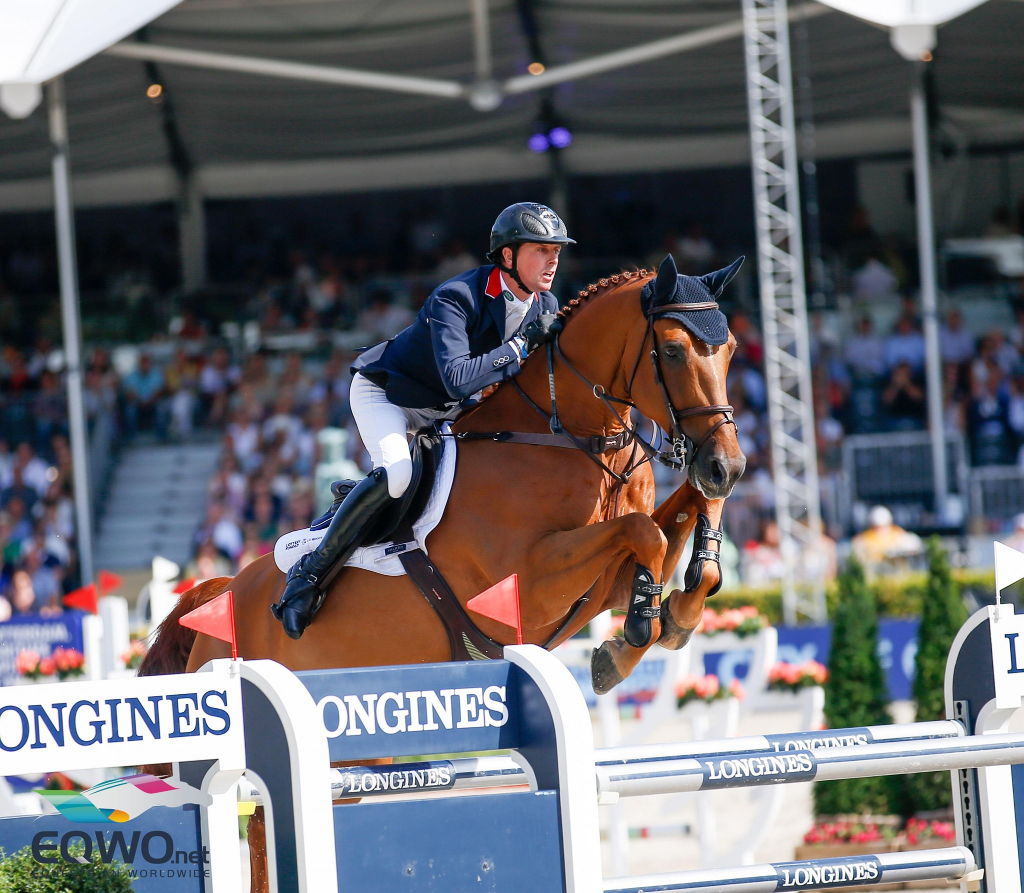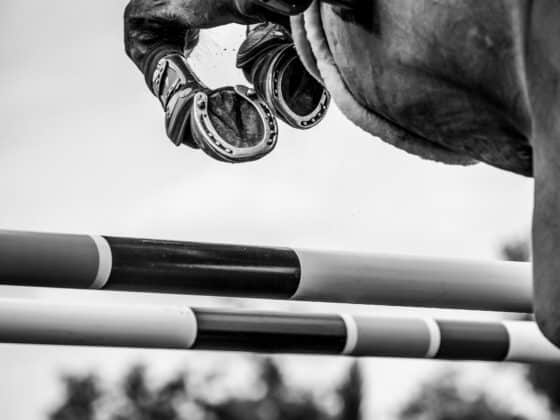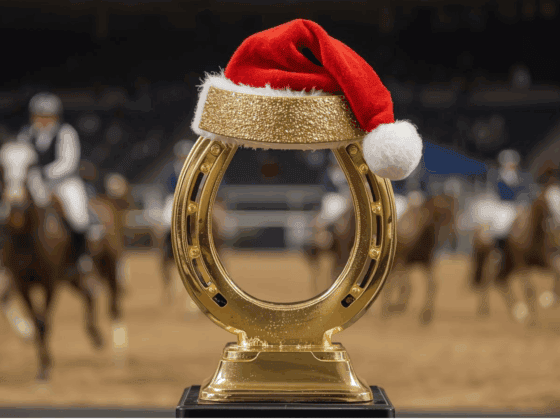Proper warm up and cool down; why this is so important
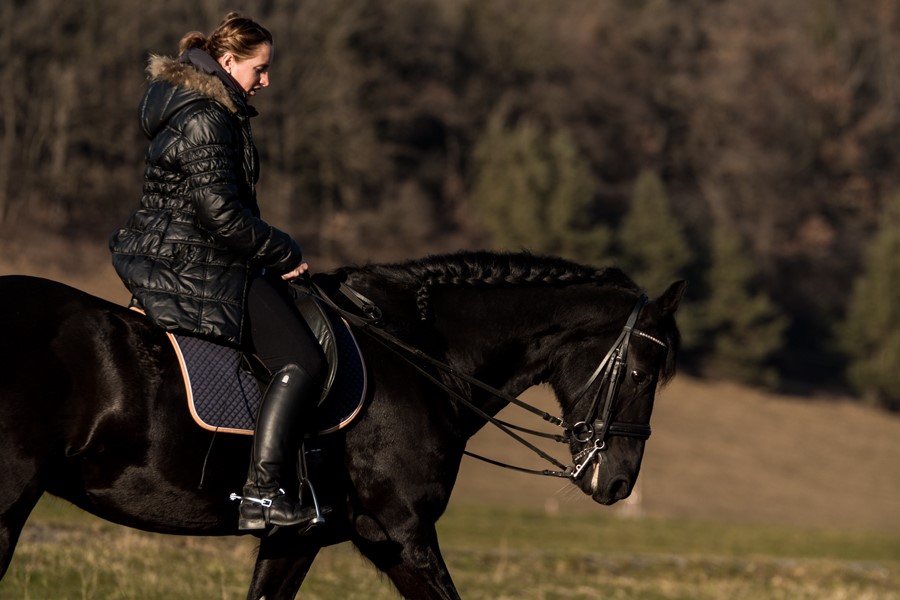
Adrienne Tomkinson | EQWO.net guest blog – Warming up and cooling down is so important as we need to prepare the body for the demands of training/exercise and ‘reward’ it with an appropriate let down. Lets take a look at this fundamental aspect of training and conditioning.
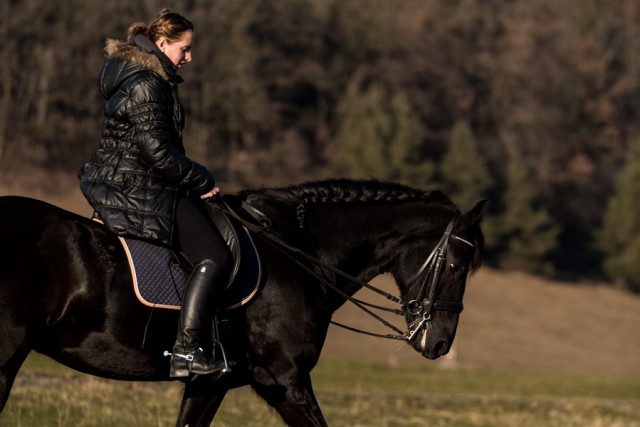
Appropriate warm-up begins when you prepare your horse for work. Thorough brushing and running your hands over your horse to examine/feel for any changes is an essential management strategy. It is here we observe any potentially hazardous changes that may affect your horses performance.
Tipp 1 – As you prepare your horse, use quick hand movements such as Tapotement or Vibration over the larger muscle groups. This brings blood to the muscles and activates the nerves, preparing the body for what comes next. I cannot say it enough; a good 15 – 20 minute warm up regardless of the season is imperative! During this time, the muscles, joints, tendons and ligaments have time to warm up and improve in elasticity.
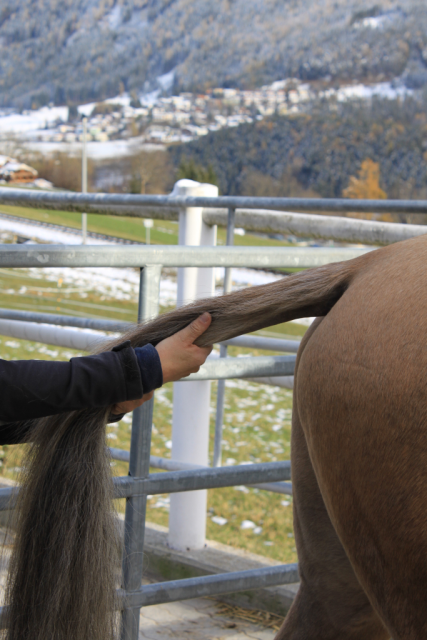
Tipp 2 – Start with a normal, free walk for 10 minutes. Then vary the walk tempo, start with collection and include reinback, poles, lateral work (Transvers or Renvers) to stimulate proprioception and engage the body.
The next step to complete your warm up is to trot or canter with light collection/low head carriage for the next 5 minutes. Different muscles are used in each gait and also need to be warmed up before commencing more intense training.
Tipp 3 – Loosen your horse by encouraging a free moving trot and canter to start. This will help him balance during work and allow the muscles to function without any blockages caused by collection.
After your intense (or not so intense!) training session your horse will need a cool down. During work there are physiological changes in the muscles, resulting in by-products including free radicals and oxidants. The best way to remove these is to keep moving!
Tipp 4 – Cool down at the walk for a minimum of 10 minutes. Longer if your horse is very sweaty. The muscles need the continuous flow of fresh blood to remove the by-products of exercise. If it is very cold use a sweat rug (even if your horse is not normally rugged) to prevent muscles cramping, which occurs if they cool too rapidly.
A thorough grooming after work really helps. Deep, slow brushing assists blood flow and the slow movement induces a sense of relaxation. This helps the muscles relax rather than cramp or stiffen after work. Incorporating stretches help the muscle fibres realign so that blood flow is not blocked.
Tipp 5 – Long slow stroking movements and stretches have wonderful benefits for your horse. Stretch a different area each day (head/neck or limbs or back/tail) and keep this cool down technique integrated in your riding routine.
Have questions or would like more information? Please contact me for a non-binding consultation:
adrienne@impuls-methode.at
+43 676 847 131 857
Find this and other blogs on www.impuls-methode.at
Find out more about Adrienne Tomkinson
Adrienne Tomkinson on facebook
This article has been written by Adrienne Tomkinson for EQUESTRIAN WORLDWIDE – EQWO.net and isn´t a press release. Copying is prohibited.


